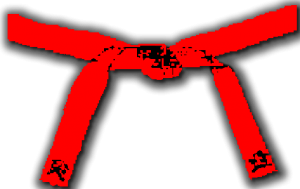The children’s syllabus is divided into three sections.
1. Beginners – White belt to orange belt syllabus
2. Intermediate – Green belt to purple belt syllabus
3. Advance – Brown belt to Black belt syllabus
The use of English is used only for simplicity. Japanese terminology is used within class training time. The main use of training time is given to Renkai (punch kick combinations) – Kata (prearranged forms) and Ippon Kumite (pairs work).
White belt to White and Red belt 10th Kyu

There are eleven techniques to learn. These are the basic building blocks of the karate system: 4 techniques using the arm as blocks (child’s concept for these movements); basic punch, Spear hand, Ridge hand, Hammer fist and Knife hand. Dojo (training hall) etiquette how to bow into the training hall.
- Sonabazuki.
- Soto Uke, Uchi Uke, Jodan Uke, Gedan Barai.
- Nukite, Haito, Tetsui, Shuto
- Mageri, Ushiogeri.
- How to wear the Karate Gi, how to tie the Obi (belt) and how to fold the Gi.
- Rei Waza (bowing techniques) Ritsu Rei (Standing Bow) Seiza Rei (Kneeling Bow)
White belt to red belt 9th Kyu
In this level the first Kata, Uke Waza, is introduced (pre- arranged form). This develops the four basic blocks whilst moving forwards in the front stance.
- Kata Uke Waza.
- Tobikommizki
- Gyakuzuki
- Maegeri
Red belt to Yellow belt 8th Kyu

The combinations are developed in this level promoting flowing powerful movements linked into three techniques.
- Front Jab – Rear Jab – Angle Kick off the Rear Leg.
- Step Front Kick – Font Jab – Rear Jab.
- Kata Uka Waza.
In this level, the second Kata, Uke Tsuki Waza, is introduced (pre- arranged form). This develops the four basic blocks and whilst moving forwards in the front stance.
Yellow belt to Orange belt 7th Kyu
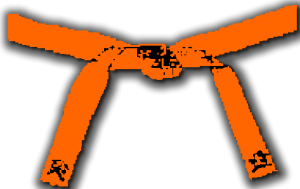
In this level, the renkai, karate’s kick and box method, includes mastering the back fist strike; this is a linked combination training method which further develops the coordination and motorised body mechanics.
- Rear Jab – Back Fist off the Front Hand.
- Angle Kick off the Front Leg – Rear Jab – Back Fist off the Front Hand.
- Eight box method, Straight and rear hand lead, Hook, Upper Cut and cross.
Orange belt to green belt 6th Kyu
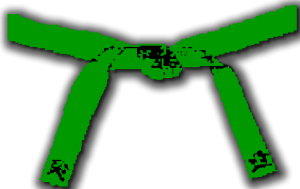
In this level, further combinations are mastered, each set a little more difficult than the last, thus developing and enhancing skills to higher level. Power, control, speed and timing are developed.
- Rear Jab– Front Hook– Rear Jab.
- Front Jab– Rear Hook– Rear Knee Strike.
- Kata Empi Waza.
Green belt to Blue belt 5th Kyu
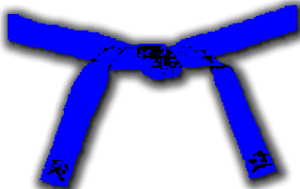
This section deals with the linkage method of stepping and punching on a straight line and a switch combination from left to right in mid flow. These combinations are three and four techniques long. Also structured pairs work is now introduced
- Rear Punch – Front Punch – Rear Punch with added foot work.
- Step Kick – Front Kick – Angle Kick – Switch – Front & Rear Punch.
- Kata Sanshin.
- Pairs Work 1 – 2
Blue belt to Purple belt 4th Kyu
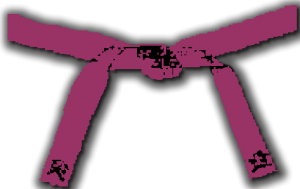
Five animal hands (snake-tiger-leopard- dragon-crane. Structured pairs work against the kick
- Kata Tensho.
- Pairs Work 3 – 4.
Purple belt to Brown belt 3rd Kyu
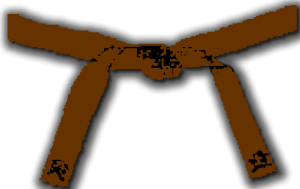
Advance traditional form training and structured pairs work.
- Kata Naihanchi.
- Pairs Work 5 – 6.
Brown belt to Brown belt one stripe 2nd Kyu

- Advance traditional form training.
- Kata Kushanku.
- Pairs Work 7 – 8.
Brown belt to Brown belt one stripe 2nd Kyu
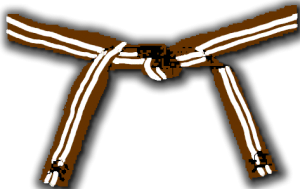
- Advance traditional form training.
- Kata Seishan.
- Pairs Work 9 – 10.
Brown belt to Brown belt one stripe 2nd Kyu
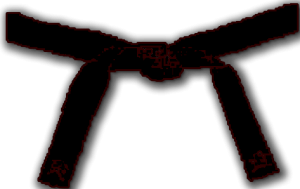
- Advance traditional form training.
- Kata Chinto.
- Pairs Work 11 – 12.
Junior Instructors
Upon receiving the black belt there will be a period of settling down with the new grade, the child will have the option of junior black belt instructor stasis. This is only offered to a child with the qualities of maturity to warrant this position. Shizendo will provide the child instructor with the support to develop the necessary coaching skills to teach, help and run a karate class under the watchful eye of an adult coach. The child will hold a supervisory role, helping the younger students in class time, gradings and special events. A junior black belt will also have the option to train in adult classes.
Shizendo Martial Arts
Where standards come first


